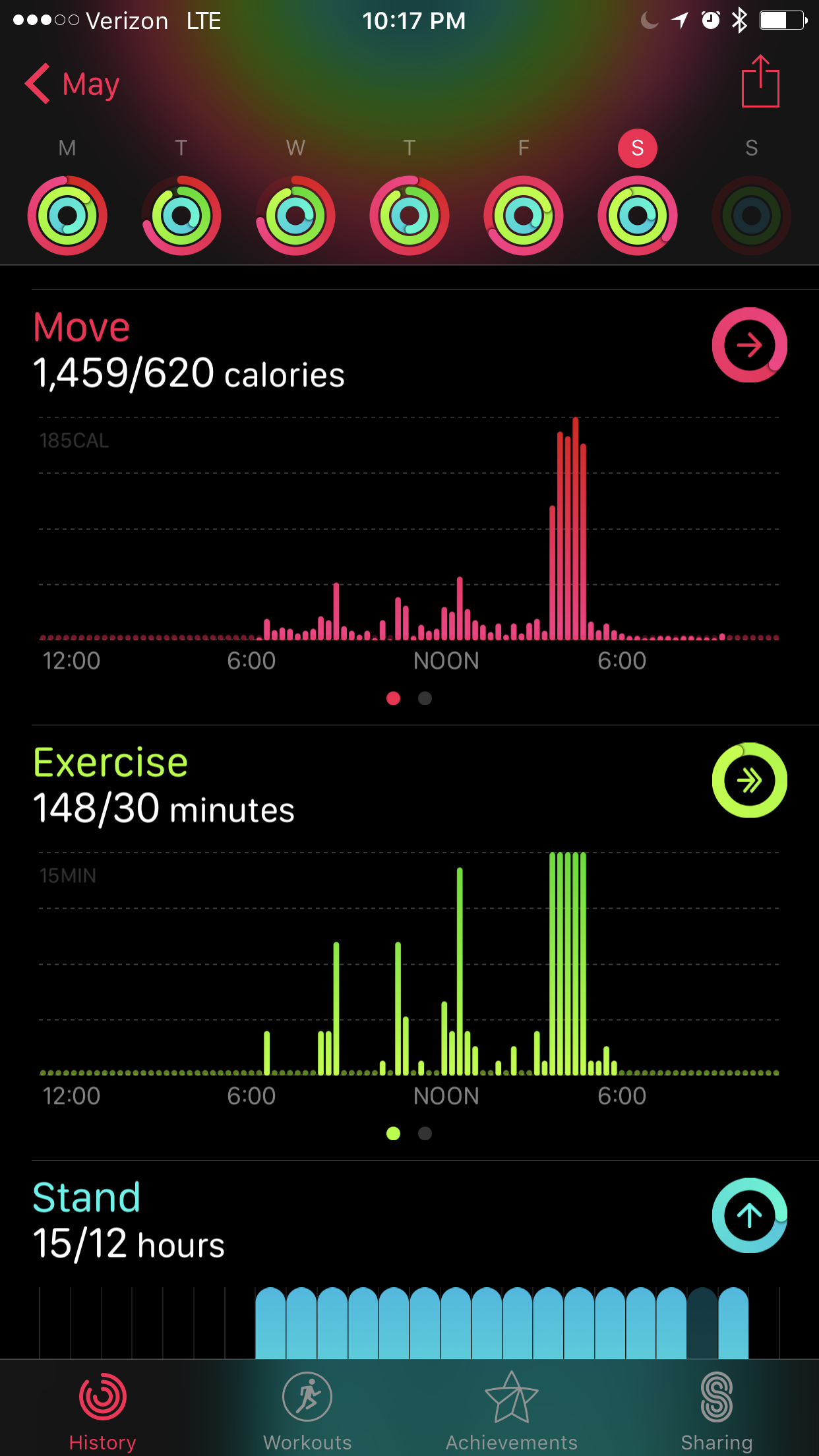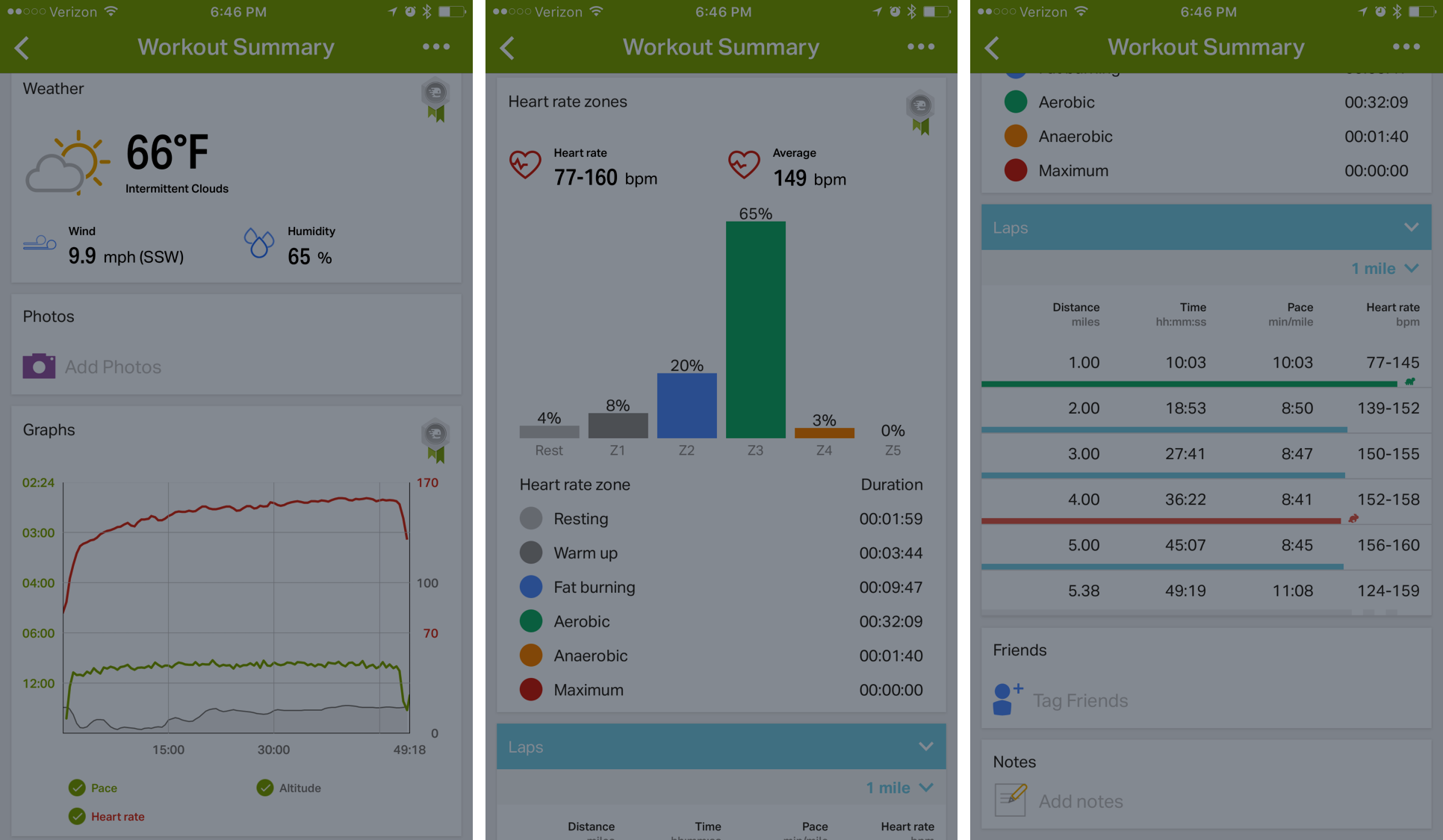 What: A small addendum to the cardio training post, let’s expand on it with a real world experience that happened just a few weeks ago at Pacific Raceways.
What: A small addendum to the cardio training post, let’s expand on it with a real world experience that happened just a few weeks ago at Pacific Raceways.
If I knew then what I know now: Hydration, hydration, hydration – start it at least 5 days prior the first day on track and keep it up while you are on track. Simply drinking lots of water the weekend of, is not enough.
Check out:
- Hammer Nutrition HEED Sports Energy Drink
: Mix this stuff into your water to stay hydrated and the fuel you need to drive on a hot day. Way better than Gatorade.
- Stilo ST5 GT Wide Composite SA2015 Helmet with Noise Attenuating Ear Muffs
: Some of the best helmets you can buy with a helmet blower adapter to keep your head cool.
- Cool Shirt CS-12 Club System
: Great for keeping cool and even as ballast if placed properly.
1 Hour Mini Enduro’s as a Workout
Most of my racing is a sprint format, but each Saturday afternoon, there is a 1 Hour Mini-Endurance race (referred to as Enduro’s but spell check hates this word). During the May 20th 1-Hour Enduro at Pacific Raceways, I decided to start a ‘workout’ using my Apple Watch to track my heart rate and calories burned, more accurately. In this mode, the watch samples movement, skin temperature, heart rate, etc. at least 1x per second, versus about 1x per minute, while generally going about your day.
So what happened?
First, Pacific Raceways is already a physically demanding race track – super old school, banked turns, big time elevation change and even catching air on all 4 wheels. Before I even looked at the data, this is how I felt:
Thank Goodness for the Dead Pedal: While you probably aren’t going to be able to tell from the video, the combination of braking, lateral g-forces, camber in the road and downhill ascent of 3a and 3b complex, make it super grueling as you are carrying a good amount of speed. I found myself hanging on for dear life, thanking my OMP seat, Schroth harnesses and most importantly – the dead pedal. After each session I found myself thinking – “man, if it weren’t for the dead pedal – I think I would have fallen out of the seat.”

Dehydration: That day was warm but not ‘hot’ with a high of 72 degrees Fahrenheit. I have a helmet blower system hooked up to my Stilo ST5 GT Wide Composite SA2015 Helmet with Noise Attenuating Ear Muffs (Large), of which after experiencing this – I don’t know how everyone doesn’t have one. And we were planning to run the Cool Shirt CS-12 Club System
but we forgot to pickup ice. No worries, we went on regardless. Well after a day of two qualifying sessions, one 20 minute race and an hour race, I felt drained and truly dehydrated – with my lips feeling chapped, which is a rare occurrence for me. I’ve probably used chap-stick or lip balm maybe a half-dozen times in my life. I have a rule that 7 days prior to stepping into a race car, I don’t drink any alcohol (usually wine) and that week, I bent the rules and I think that didn’t help. While I only had a couple glasses with dinner, I could feel the difference.
Lower-Back Pain: Yeah – even this! WTF!?!?! I climbed out of the car with my lower back, not throbbing, but sure as crap not feeling great. During the race I felt sharp pains and while I’ve had back issues the past few years – a combination of physical therapy, cross-training, plyometrics, stretching and chiropractor visits have my back in pretty good shape. Even still, I had back pain. One theory, was that this was actually kidney related as it is common to have lower back pain, from your kidneys, when you’re too dehydrated and I felt it.
As an aside, the following morning I was pretty sore – especially on my right foot, calf, lower back, right shoulder, forearm and hand. These PRO3 cars don’t have power-steering or ABS, so they are quite the analog animal to manhandle.
The data says… holy crap!


Think about this – when was the last time you did a workout and burned (approximately) 1,000+ calories? I am talking about just the logged ‘workout’ because in the previous three sessions, I didn’t have the Apple Watch Nike+ 42mm logging calories or else the full day of calories burned would have been 2,000+. That is a TON of calories and physical effort.
Conclusion
Competitive racing is a legit, physical sport that is incredibly demanding. We are using our hand-foot-eye coordination, reflexes, core-strength, neck-strength, arm-strength, leg-strength, cardio stamina and mental stamina, just like happens in many other ‘high intensity sports’.
If you are and an avid racer, actually competing and on a regular basis – I highly encourage you to have a regular training program and eat well at minimum to avoid injury and really, to help improve your performance. Yes, you need to know what to do with your driver inputs to go fast but you also need to be able to physically do this, consistently and over long periods of time – especially for all those endurance racers. If you aren’t exhausted when you get out of a race car – you’re just not driving hard/fast enough.

 What: Motorsports is exactly that, a
What: Motorsports is exactly that, a 


